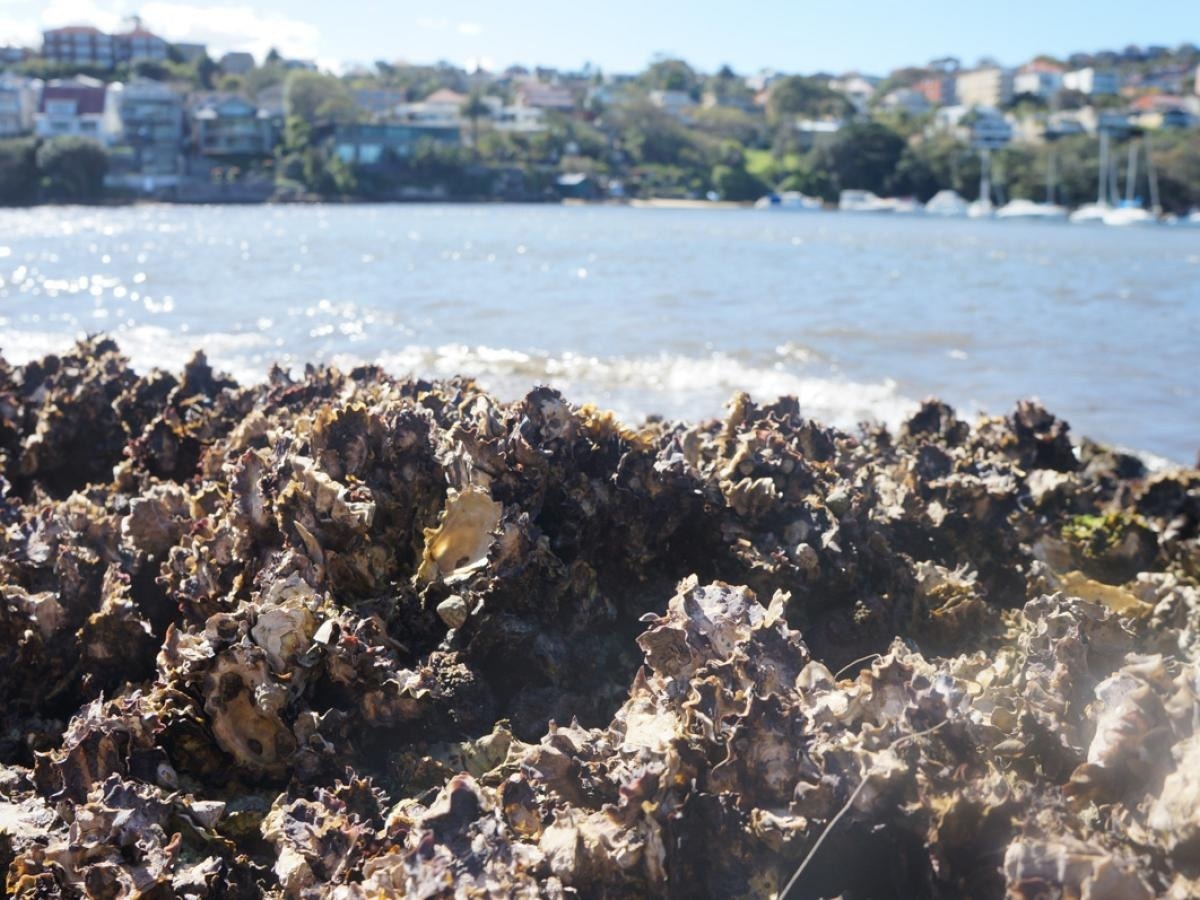Scientists from The University of Adelaide have shown that noise from human activities is disrupting the natural auditory cues that baby oysters use to locate themselves in particular habitats. The study was published in the journal Proceedings of the Royal Society B.
 A native oyster bed on an urbanized coast. Image Credit: Dominic McAfee.
A native oyster bed on an urbanized coast. Image Credit: Dominic McAfee.
The ocean's natural sound is gradually hushing due to habitat loss, leading to a quieter natural environment increasingly drowned out by the crescendo of man-made noise pollution. Numerous marine larvae rely on natural sounds to navigate and select their dwellings, so this interference poses a problem for conservationists aiming to attract oysters to restored reefs using natural sounds.
Dr. Brittany Williams, Study Lead Author, Southern Seas Ecology Laboratories, The University of Adelaide
Dr. Williams explained, “Noises from shipping, machinery, and construction, for example, are pervasive and pose serious environmental change that affects both terrestrial and marine animals.”
Marine organisms rely on sound for various functions, such as sensing their environment, navigating, communicating, avoiding predators, and finding mates and food; they appear to be especially susceptible to the intensification of anthropogenic noise.
Our previous work demonstrated that novel acoustic technology can bolster oyster recruitment in habitat restoration projects, but this new research indicates potential limitations of this speaker technology.
Dr. Dominic McAfee, Research Team Member, The University of Adelaide
The speakers did not affect larval recruitment in areas with high levels of human-induced noise pollution.
This suggests that noise pollution might cloak the intrinsic sounds of the ocean, potentially exerting profound ramifications on marine ecosystem vitality and resilience, said co-author
Sean Connell, Professor and Study Co-Author, The University of Adelaide
Sean Connell is also associated with the Environment Institute.
Even while urbanized rivers and noisy metropolitan coasts may not benefit as much from acoustic enrichment, experts remain hopeful about the technique's potential application in less populated locations.
Dr. Williams said, “Where there is little anthropogenic noise, acoustic enrichment appears to enhance the process of recruitment which is key to restoration success.”
Journal Reference:
Williams, B. R., et al. (2024) Anthropogenic noise disrupts acoustic cues for recruitment. Proceedings of the Royal Society B. doi.org/10.1098/rspb.2024.0741.